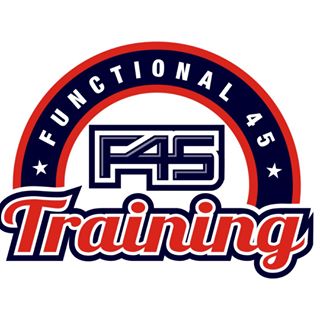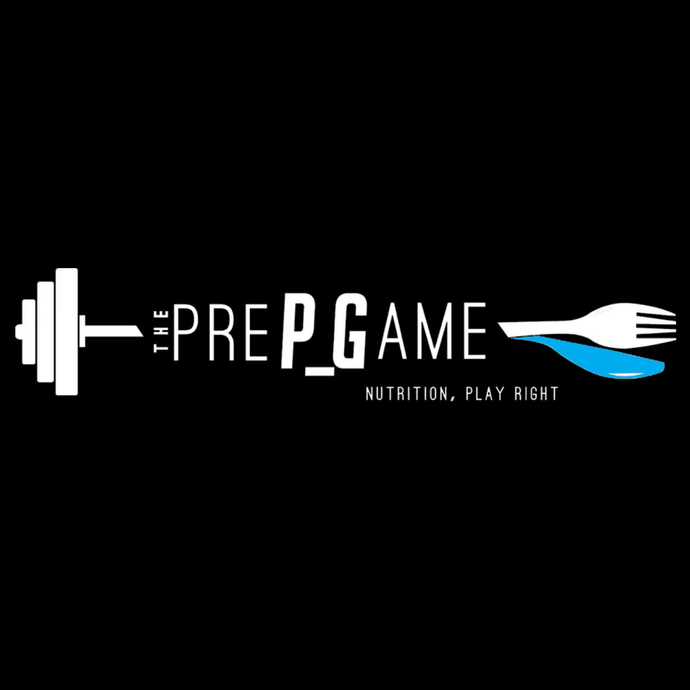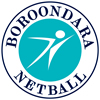You’ve probably heard the chatter about nuts and seeds being powerhouses of the nutrition world. Their status has been further enhanced of late with the trend towards plant-based eating. No doubt about it, seeds and nuts certainly deserve their reputation for packing a decent nutritional punch, and if you aren’t eating them already, here is some info that might get you interested!
So which nuts and seeds are top of the table when it comes to nutrition? There are so many different options you could include in your snack bowl or tub. Not all nuts are equal - most nuts are seeds of a fruit (peanuts are seeds of a legume)- but they all have their own unique nutrition make-up and benefits.
In the past, almonds were always considered right at the top of the tree when it came to best choice of nut – mostly due to their low fat content, at a time when fat was falsely seen as the enemy! Cashews contain almost identical fat grams to almonds and interestingly the humble peanut is in fact lower fat and higher protein than both almonds and cashews! These days, however, we tend to focus on more than just the fat and protein content, and look a little more closely at the vitamin and mineral content and associated benefits.
I was interested to do some comparisons, so I got onto Foodworks (and USDA for hemp seeds) to put together a summary table below that lists the key macro- and micro-nutrient values for common nuts and seeds. The amounts listed are per 30g of nuts, which is the recommended serving size – around a small handful for an adult. The nut or seed with the highest amount for each nutrient is highlighted in yellow in that column.
Depending on your specific nutrition needs you may prioritise different types of nuts or seeds. For example, if iron is a nutrient of focus for you, then cashews, chia seeds and pumpkin seeds are a great choice. Walnuts, chia seeds and flaxseeds are the highest for omega-3 and chia, almonds and flaxseeds highest in calcium.
The most interesting thing I noted was that the winners for each nutrient category seemed to mostly come from different nuts or seeds – there wasn’t one that was king of the castle for all nutrients (other than one exception - let’s talk about hemp seeds). The stats appear to say it all – amazing nutrition capabilities but unfortunately hemp seeds are a no-go for elite athletes. Although hemp seeds are now legal for sale in Australia, there is a potential risk that they may contain trace amounts of THC that could be detectable via WADA/ASADA testing – a banned substance in competition.
Interestingly, seeds overall fare strongly when it comes to vitamins and minerals compared to nuts, but are often easily overlooked. Why not try adding a few more seeds to your day:
- Add to porridge, home-made muesli
- Roast and add to salads - like sunflower seeds in Roasted Carrot and Kale Salad with Grilled Chicken and Lemon Dressing.
- Make some snack balls or slices – try my Almond Balls recipe which is packed with sunflower and sesame seeds
- Add to smoothies (eg. almonds in my Recovery Smoothie recipe)
Don’t feel you need to always choose raw with your nuts and seeds – a little roasting and salting is fine (depending on overall salt intake) and for some athletes salt can be helpful for hydration (speak to an Accredited Sports Dietitian for more info).
And don’t worry about activating them either – your body has the digestive equipment to devour and conquer all manner of nuts and seeds – although some people may have intolerances to certain varieties, and nuts and seeds can cause bloating and stomach upset if you over-do it.
Nuts and seeds can sometimes seem expensive, but if you stick to small serves and choose a combination of different types they can play an important role in keeping you healthy and well, and need not break the bank. For example, sunflower seeds, flaxseeds and peanuts are on the less expensive side, so use these as a base and add smaller amounts of the others that may be more pricey.
If I really had to pick my favourites for athletes, here they are below:
Almonds - Protein, Fat, Fibre, Vitamin E, Calcium
Cashews – Protein, Fat, Iron, Zinc
Walnuts – Omega-3 and decent vitamin/mineral content across the board
Peanuts – special mention – highest protein and lowest fat of all nuts!
Chia – Fat, omega-3, fibre, calcium, iron
Flaxseed - Omega-3, fibre, potassium, magnesium, calcium
Pumpkin seeds – Protein, potassium, magnesium, iron, zinc
If you are an athlete not subject to drug testing, then hemp seeds are also a useful addition for their nutritional value and benefits.
Overall, different nuts and seeds are rich in different nutrients. So the real key is to mix up your intake for a great variety of nutrients, as well as flavours, texture and enjoyment.
For more nutrition updates I would love you to send you my free newsletter every month or two, please leave your details on my website Thoughts page. I am also on Instagram , Facebook and Twitter.















































